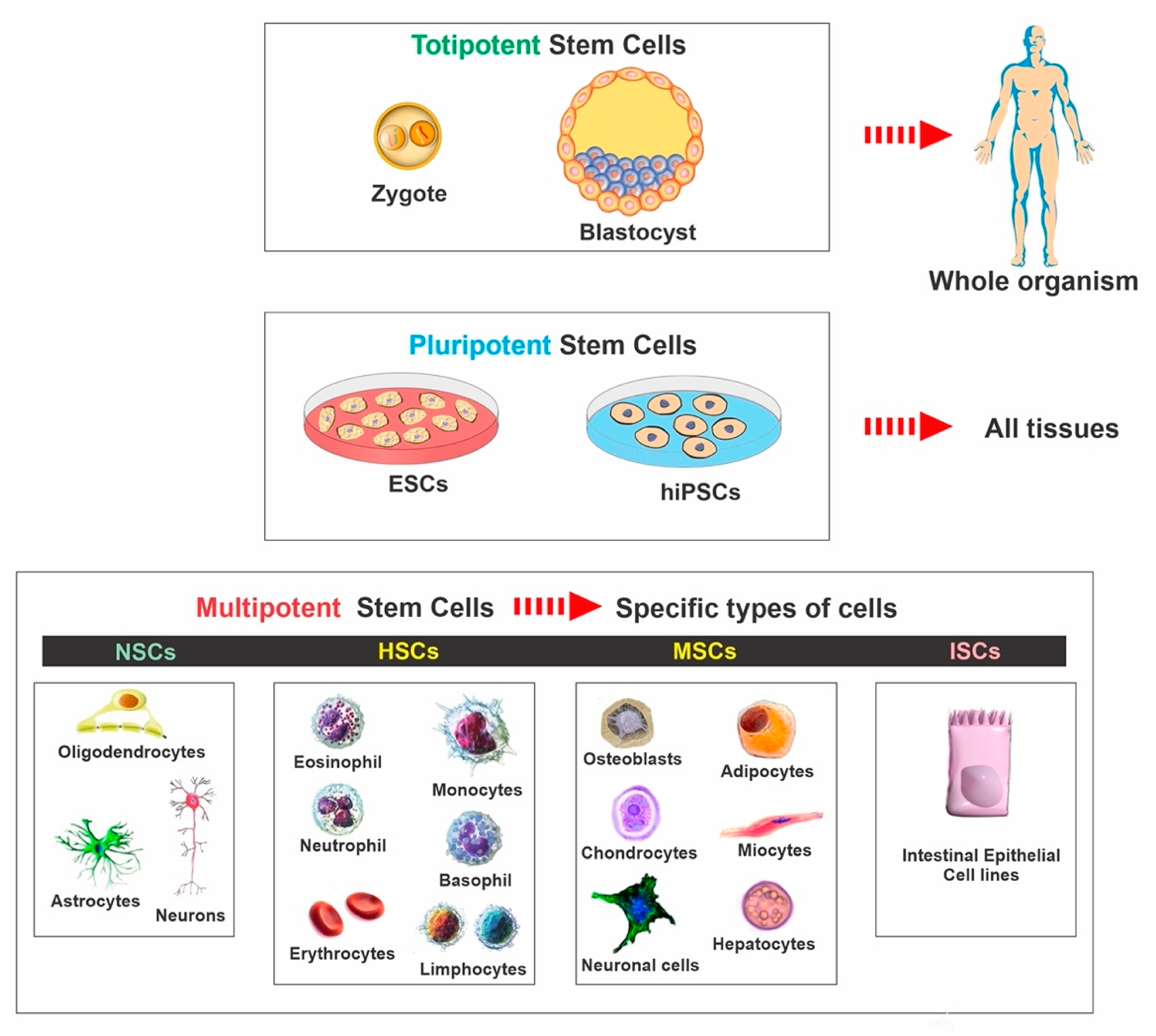Table of Contents

[/image][=video]
[/video]
Viscosupplementation: Injection of hyaluronic acid into intra-articular room can recover the thickness and elasticity of osteoarthritic synovial fluid. HA plays a crucial duty in shock absorption, lubrication, and the visco-elastic nature of the synovial fluid. Prolotherapy: Prolotherapy is the shot of a solution to restore an inexperienced framework and promote sclerosis at the injection site.
Even more than one therapy session may be required before outcomes are felt and, just like any type of therapy, outcomes are not assured. A stem cell does not serve a particular bodily feature, yet it can turn into a cell that does, such as a cartilage material cell or a tendon cell. Physicians that utilize stem cell therapy think that, when put into a particular setting, stem cells can change to meet a particular demand.
To make PRP, blood is taken from the individual and after that processedoften using a centrifugeto develop a concentrated option of platelets and plasma (PRP).: All PRP is not the same.
Swelling raises blood circulation and brings in cellsgranulocytes, monocytes, macrophages and fibroblaststhat can repair and recover damaged cells. During prolotherapy, a doctor infuses an irritant into the damaged area, which briefly boosts swelling.
Stem Cell Therapy

Prolotherapy sometimes uses PRP as an irritant, but prolotherapy is not necessarily a mobile treatment. As a matter of fact, the most commonly utilized irritant is dextrose, a straightforward sugar. Substances such as glycerine or saline might likewise be used.: Compared to other regenerative medication treatments, such as stem cell and PRP injections, there is not a great deal of medical research relating to prolotherapy and its efficiency.
Different methods might be utilized to try to repair cartilage material, including yet not limited to: Making little cuts or abrasions in the bone straight below the cartilage material injury. The goal is that the blood from the harmed bone will help with brand-new cartilage material cell growth. Hair transplanting cartilage from another part of the individual's body, a benefactor, or animal.
Regenerative medicine looks for to change tissue or organs that have actually been harmed by age, disease, injury, or congenital concerns, vs. the current medical technique that concentrates largely on treating the signs and symptoms. The devices utilized to understand these outcomes are cells design, cellular treatments, and medical tools and synthetic organs. Combinations of these approaches can enhance our natural recovery process in the locations it is required most, or take over the feature of a completely harmed organ.
When harmed or attacked by condition, our bodies have the natural reaction to recover and protect. What happens if it was feasible to harness the power of the body to recover and then accelerate it in a medically relevant method? Suppose we could aid the body recover much better? The encouraging field of regenerative medicine is working to bring back framework and feature of damaged tissues and body organs.
Hormone Therapy
The objective of this approach is to develop transformative healthcare solutions that will possibly cure formerly untreatable injuries and illness. Cells engineering is a technique where naturally compatible scaffolds are implanted in the body at the website where new tissue is to be developed. If the scaffold remains in the geometric shape of the tissue that requires to be produced, and the scaffold draws in cells the end result is brand-new cells in the shape desired.

Millions of patients have actually been treated with some form of tissue engineered gadgets, yet the field is in its infancy. Lots of millions of adult stem cells are discovered in every human.
To find out more regarding several of the encouraging researches and scientific tests entailing cellular treatments, visit this site. In situations where an organ stops working, the primary clinical method is to transplant a substitute organ from a contributor. The primary challenges are the schedule of benefactor organs, and the demand that the donor take immunosuppression drugswhich have negative effects.
Perimenopause Treatment
Regenerative medicine covers a large range of self-controls in medicine, biology, design, and other areas of scientific research study. While there are only a minimal number of accepted regenerative medicine treatments for patients now, lots of potential therapies are in clinical tests, or will be soon. These definitions are intended to assist you comprehend terms you might listen to as regenerative medicine ends up being an extensive topic of discussion.
Biomaterials is a significantly advanced technology that mixes concepts of design and biology to drive discovery and screening of therapies. The term broadly refers to materials that are created for the objectives of connecting with living cells, tissues, organ, and systems. Biomaterials can be originated from natural sources, like healthy proteins or sugars, or from synthetic compounds, like polymers, metals, or plastic.
One preferred classification of biomaterials, understood as hydrogels, are water-based structures with adjustable properties to house cells in 3D spaces that resemble conditions in living cells. Next-generation biomaterials can be changed in real-time to guide just how cells work in 3D space. Disease modeling is making use of animals, stem cells, and engineered devices to study human illness without the requirement for human topics.
Regenerative Therapy servicing Eastpointe, Michigan
Diet, lifestyle, exposure to sunshine, and aging are all aspects that can create epigenetic modifications. In the area of regenerative medication, scientists study how epigenetic adjustments contribute to disease-causing mutations. In one investigation, ISCRM scientists become part of an effort to develop a gene therapy to aid children and dogs with an unusual muscle mass condition to stroll and thrive.
Navigation
Latest Posts
Hormone Therapy around Eastpointe, Michigan
Perimenopause Treatment
Perimenopause Treatment in Eastpointe, Michigan